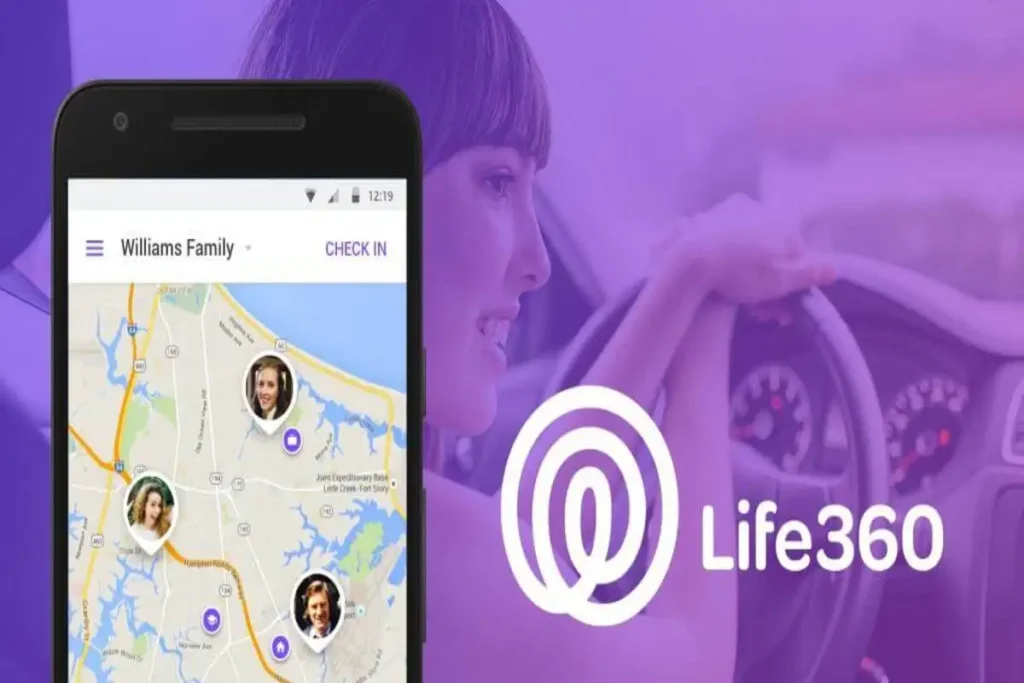Life360 is a popular family tracking and safety app that provides real-time location sharing and driving behavior analysis. One of the key features of the app is “Driver Reports,” which help monitor driving habits to ensure safety on the road. Within this feature, Life360 includes a specific alert known as “Risky Drive.” But what exactly does “Risky Drive” mean on Life360, and how does it impact users? Let’s delve into the details.
Understanding Risky Drive on Life360
what does risky drive mean on life 360? The Risky Drive is a feature in Life360 that flags instances of unsafe or dangerous driving behavior. When a user completes a trip, Life360 analyzes their driving performance based on various factors, such as speed, phone usage, rapid acceleration, hard braking, and other risky maneuvers. If any of these behaviors occur frequently or at extreme levels during a trip, the journey may be classified as a “Risky Drive.”
This feature is particularly beneficial for families who want to monitor young or inexperienced drivers and ensure they are driving safely. By identifying risky driving habits, users can take proactive steps to improve their driving and reduce the likelihood of accidents.
Factors That Contribute to a Risky Drive Alert
Several factors can lead to a trip being labeled as a Risky Drive on Life360. These include:
1. Speeding
- Exceeding the speed limit significantly can trigger a Risky Drive notification. Life360 detects when a driver goes beyond safe speed limits, which increases the risk of accidents.
2. Phone Usage While Driving
- If a driver uses their phone while the vehicle is in motion, such as texting or making calls, Life360 may classify the trip as risky. Distracted driving is one of the leading causes of accidents.
3. Hard Braking
- Sudden and forceful braking can indicate inattentive driving or failure to maintain a safe following distance. If a driver frequently brakes hard during a trip, it raises concerns about their driving habits.
4. Rapid Acceleration
- Accelerating too quickly can be a sign of reckless or aggressive driving. Life360 tracks such instances to determine whether a driver is exhibiting unsafe behavior.
5. Harsh Cornering
- Taking sharp turns at high speeds can be dangerous. If Life360 detects this behavior, it contributes to the Risky Drive classification.
what does risky drive mean on life 360?
The Risky Drive feature is crucial for improving driving habits and ensuring road safety. Some of the key benefits include:
- Encouraging Safe Driving: Knowing that their driving behavior is being monitored, users may be more cautious and responsible on the road.
- Helping Parents Monitor Teen Drivers: Parents can keep an eye on their teen’s driving habits and provide guidance to improve their safety.
- Reducing the Risk of Accidents: Identifying and correcting risky driving habits can lower the chances of road mishaps.
- Providing Insights for Insurance Discounts: Some insurance companies may offer discounts for safe driving based on reports from Life360.
How to Improve Driving Behavior and Avoid Risky Drive Alerts
If you frequently receive Risky Drive notifications on Life360, here are some steps you can take to improve your driving habits:
- Obey Speed Limits: Always drive within the speed limits to avoid speeding alerts.
- Avoid Phone Distractions: Keep your phone on silent or use hands-free devices to prevent distractions while driving.
- Maintain a Safe Distance: Avoid tailgating and ensure there is enough space between your car and the vehicle ahead.
- Drive Smoothly: Accelerate and brake gently to maintain control and stability on the road.
- Practice Defensive Driving: Stay alert, anticipate potential hazards, and drive cautiously.
Conclusion
what does risky drive mean on life 360? Life360’s Risky Drive feature is designed to promote safer driving habits by identifying and reporting dangerous behaviors. By understanding what contributes to a Risky Drive classification, users can take proactive steps to become more responsible drivers. Whether you’re a parent monitoring your teen’s driving or an individual looking to improve road safety, Life360’s Risky Drive insights can be a valuable tool for fostering better driving practices and reducing accident risks. See more


